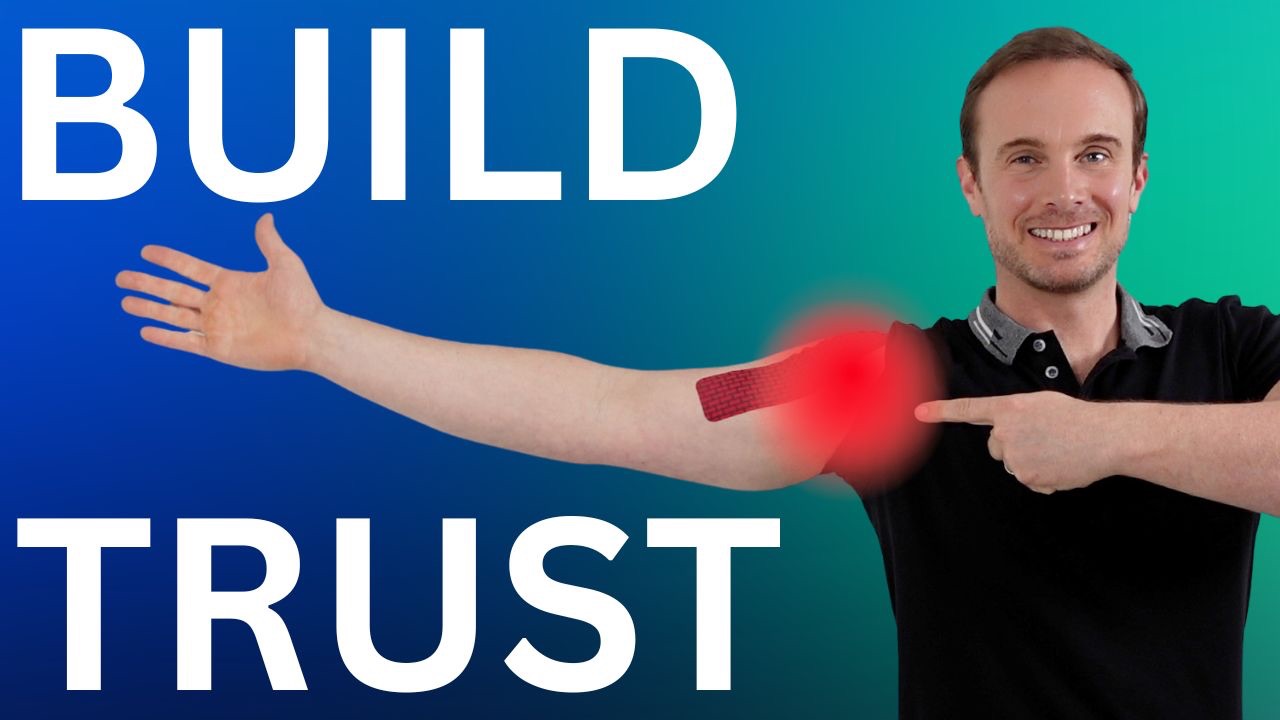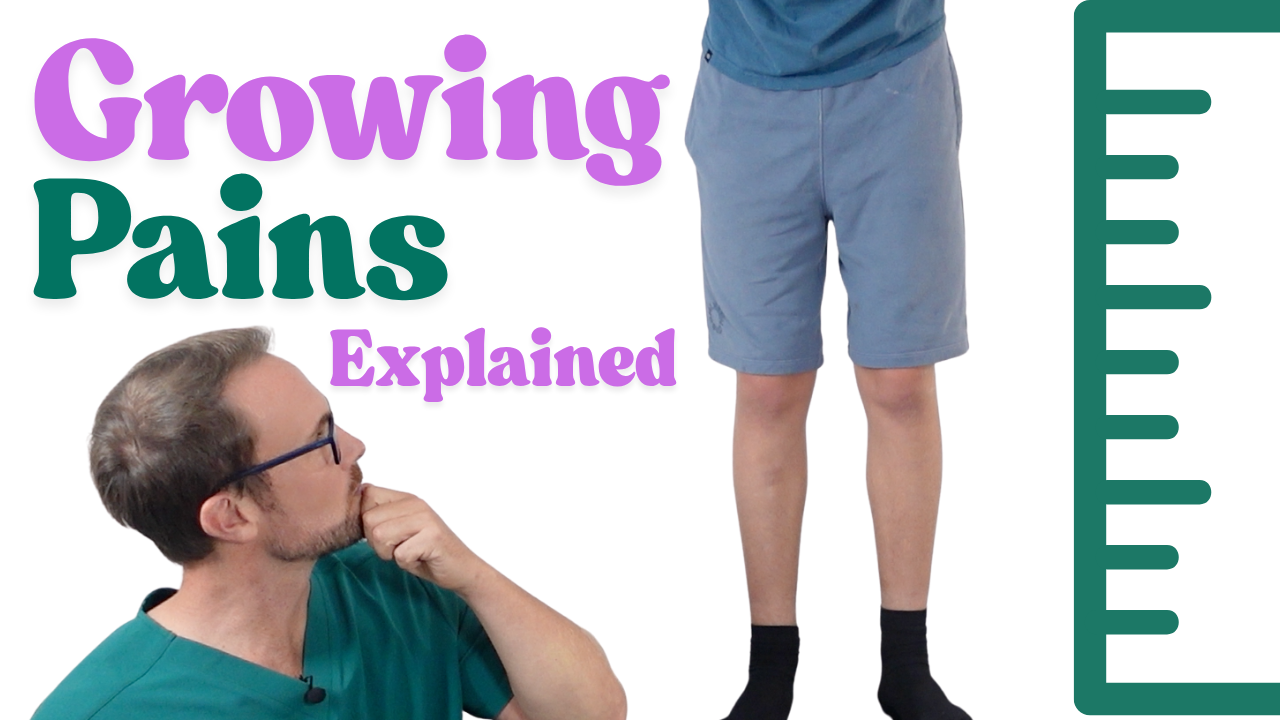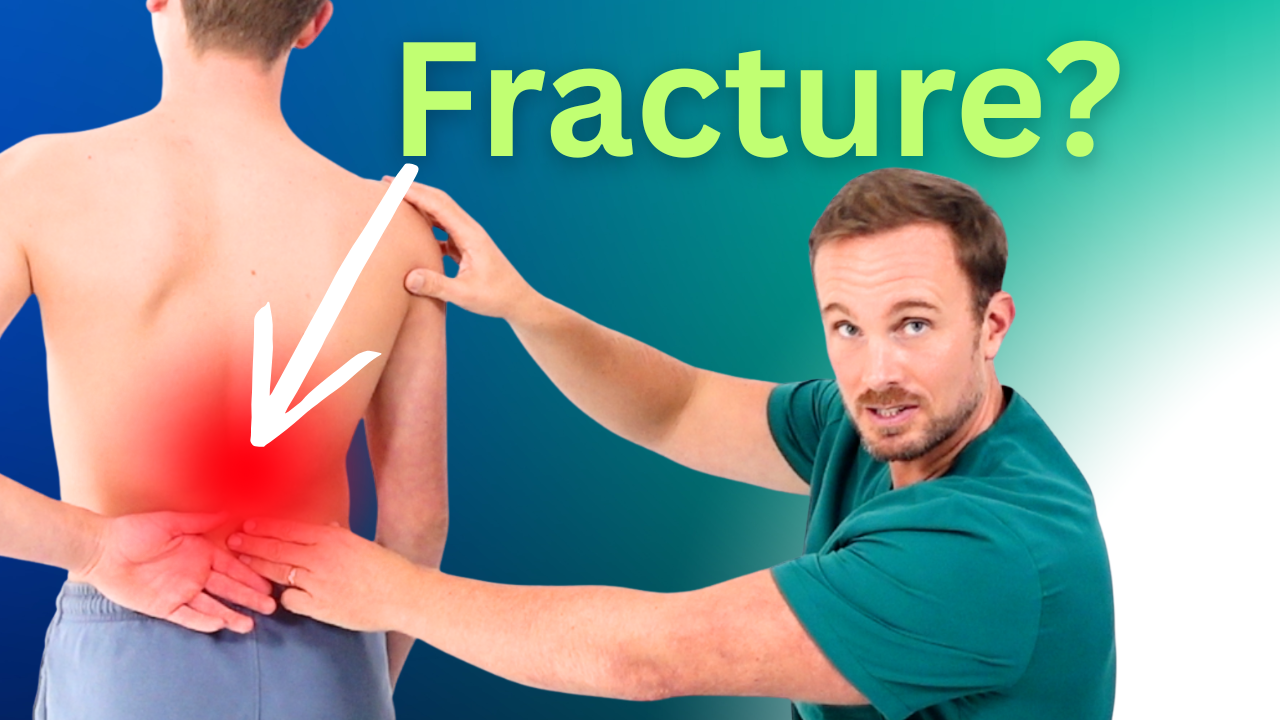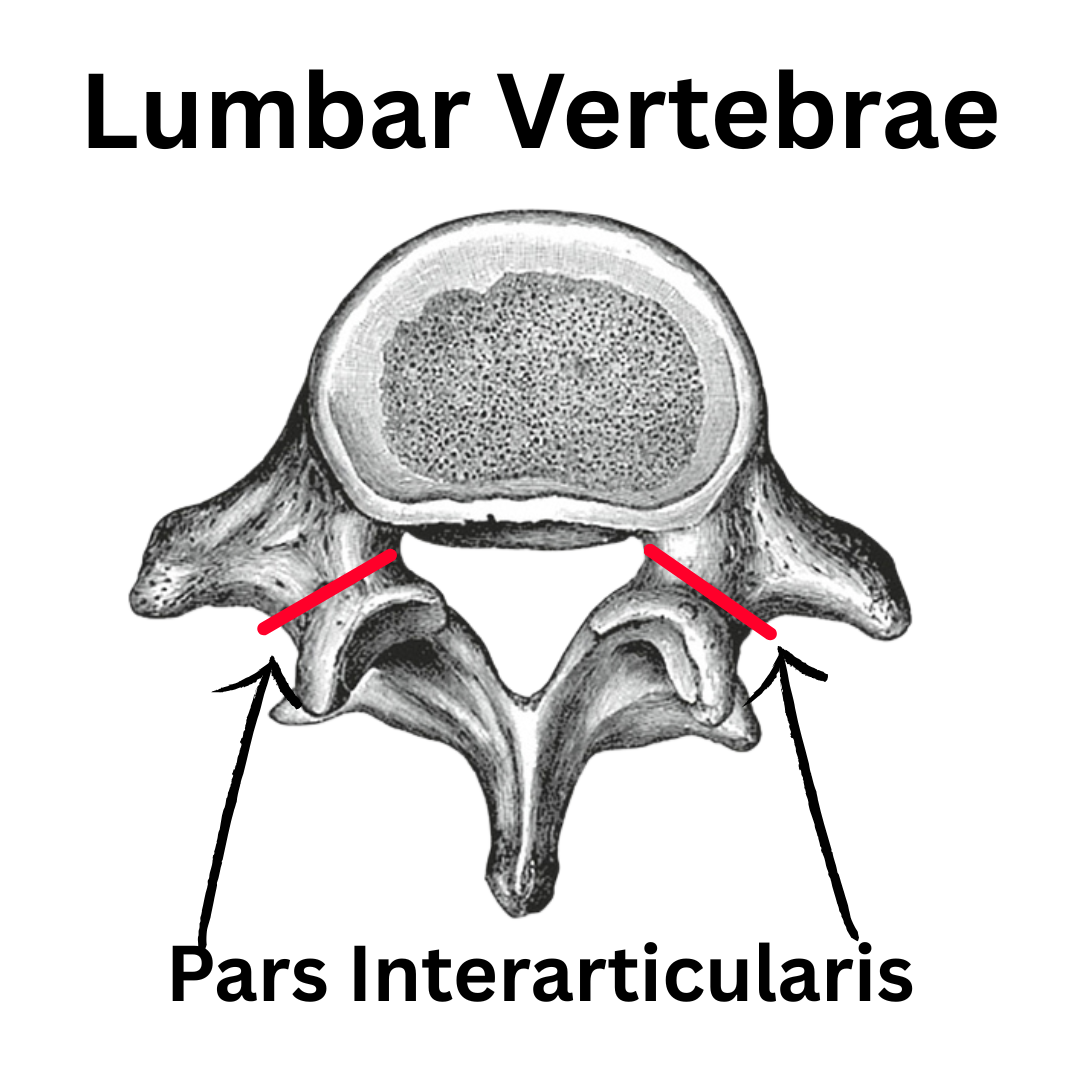Rotator Cuff Rehab
Are you recovering from breast cancer surgery? In this video, Physiotherapist Daniel Lawrence guides you step-by-step through safe and effective shoulder rehabilitation exercises to restore movement, reduce pain, and improve function after surgery. You’ll learn how to manage scarring, axillary web syndrome (cording), and tightness, while gradually rebuilding strength and mobility. These exercises progress from early post-surgery movement to advanced stretching and scar massage techniques—so you can safely regain confidence in your shoulder again.
Pre-Trust: How Creating Health Videos Can Transform Your Practice

One of the most powerful predictors of treatment success is belief — not just your patient’s belief in the process, but in you as their clinician. When patients feel confident in your skills and trust your guidance, they’re more likely to follow your advice, stay consistent, and ultimately achieve better results.
Question: Where does that trust start?
Pre-Trust: in today’s digital world, many patients research online long before they ever meet you. If they’ve already watched your videos, listened to your advice, and learned from your content, they’re not walking into an appointment with a stranger — they’re meeting someone they already know and trust.
This is what I call “pre-trust.”
By creating and sharing helpful content, you establish credibility before the first handshake. Patients often think, “If they’re confident enough in their knowledge to share it publicly, they must be good at what they do.”
That perception alone can set the stage for a stronger therapeutic relationship...
What I Really Love About Being a Physio YouTuber

Video version: https://youtu.be/vw6MUWUhvHw
Most people assume the best thing about being a YouTuber is the income, the growing subscriber count, or the ability to reach and help thousands of people around the world.
But for me, that’s not the real reward.
The part I love most about creating YouTube content is the learning process. Every time I sit down to plan a new video, I have to review the latest research, reflect on clinical experience, and find the clearest way to communicate.
In many ways, it’s the most effective form of continuing professional development (CPD) I’ve ever done.
When you complete a CPD course or postgraduate qualification, very few people actually get to benefit from all that invested study time and new knowledge. And, if we’re honest, a lot of what we learn tends to fade over time unless we use it regularly.
Creating YouTube videos changes that. Everything you learn becomes applied, shared, and recorded. It’s knowledge put into action — and it stays acces...
An interview with Physio Chris Tiley from Never Too Old to Lift

An interview with Physio Chris Tiley from Never Too Old to Lift
1. What was your biggest hesitation or struggle when you first thought about starting a YouTube channel? (confidence, time, tech?)
My biggest hesitation was definitely the fear of being on camera, combined with imposter syndrome. There are so many confident personalities in the physiotherapy/rehabilitation space, and with all the criticism that happens on social media, it felt really daunting to put myself out there. I'm pleased to say that this hasn't been an issue, despite a few odd comments, the vast majority are appreciative of the message I'm trying to spread and are very supportive.
2. What's been the biggest benefit of having a YouTube channel as a professional? (more patients, credibility, income, reach, opportunities)
There have been several benefits I wasn't expecting. At school, I did Biology, Chemistry, Physics, and Art for AS levels, then dropped Art to focus on the sciences for A-levels. I've always misse...
Stop Relying on Scripts — Try This Instead!
If you’ve ever tried filming a YouTube video or social media post and found yourself stumbling over your words, you’re not alone. Most people struggle to remember what to say when the red recording light turns on.
It’s tempting to rely on an autocue or a word-for-word script, but here’s the problem: reading from a script often makes you sound stiff, robotic, and less authentic. And when you try to record your entire video in one take, a single mistake means starting all over again.
There’s a better way — and it’s the same technique used by professional creators, myself included.
Film One Idea at a Time
Instead of memorizing your entire video, break it down into small, simple sections. Each section should cover just one idea or one sentence.
This approach takes the pressure off. You don’t have to remember every line — just the next point you want to make.
Here’s how to do it:
-
Use bullet points, not scripts. Write down your main talking points, or single sentences. This help
...
Clients won’t trust you if you do this…

Video (1m:48s)
Social Media keeps changing.
YouTube started as a dating app, Facebook helped you find old school mates and Instagram was for sharing family photos. Clearly this has changed!
Prior to 2010 social media was used for communicating between friends and family. Since 2010 doom scrolling through strangers ‘performing’ for views has become the norm.
And now – AI is taking over the platforms with pseudo pictures and generated video. I don’t know about you but find it all a bit surreal and those AI generated images generated from your own pictures just make me cringe.
And its seems my response can be explained by The Uncanny Valley Effect that was Originally proposed by a robotics professor Masahiro Mori (1970).
the uncanny valley describes how humans react to robots and lifelike digital faces.
When something looks almost — but not quite — our brains flag it as off.
Our brains flag it as off because of perceptual mismatch: subtle cues (like lighting, eye focus, textu...
New 'Growing Pains' Video Release

Growing Pains in Children: What Parents Should Know
Growing pains are a common cause of leg pain in children, but they’re often misunderstood. They usually affect both legs — calves, shins, or thighs — and appear in the evening or at night. By morning, children are typically pain-free.
The exact cause isn’t fully known, but factors like muscle fatigue, low vitamin D, or stress may contribute. Growing pains are harmless and often improve with gentle massage, stretching, warmth, and reassurance.
Watch for red flags: pain in one leg, swelling, limping, or persistent daytime pain — these may indicate a more serious condition and need medical assessment.
For a clear explanation and practical tips to help your child, watch and share my latest video Growing Pains Explained: What Parents Need to Know
Are your videos boring?

This week I have released a new video on my behind the scenes channel.
You can watch it here or read a bit about it below.
Narrative beat changes are shifts in the story or flow of a video—like moving from a problem to a solution, introducing a new example, or building tension before a key point. For health creators on YouTube, they are essential because they guide viewers through your content in a clear, engaging way. By marking these story shifts, you keep your audience interested, make complex health topics easier to follow, and ensure your message lands effectively. Without narrative beats, videos can feel flat or hard to follow, even if the information is valuable.
What Counts as a Video View on Social Media?

What Counts as a View?
A view represents meaningful engagement: it shows that someone actually started watching your video, as opposed to merely having it appear on their screen (an impression).
However, the time threshold to count a view differs across platforms:
-
View threshold: ≥3 seconds
-
Implication: You need a hook that grabs attention immediately. The first few seconds must clearly communicate value or relevance to convert impressions into views.
TikTok
-
View threshold: Video starts playing (even a fraction of a second counts)
-
Implication: Auto-play means views are registered almost instantly, but keeping someone watching beyond the first few seconds is still key to engagement metrics like average watch time.
YouTube (Long-Form Content)
-
View threshold: Roughly 30 seconds or more
-
Implication: YouTube prioritizes meaningful watch time. Your video needs to capture attention, provide value, and keep viewers engaged for longer t
...
Spinal Stress Fractures: Maintaining Suspicion

Video here or blog below
Introduction
Lumbar spinal stress fractures, often termed pars defects or spondylolysis, are common in adolescent athletic patients with low back pain.
Spondylolysis is often under-recognised in younger athletes.
Early identification and appropriate management are essential to prevent progression to more significant structural changes, such as spondylolisthesis.
The earlier you catch it the quicker it will heal

Risk Factors
A stress fracture of the pars interarticularis develops when repetitive loading exceeds the bone’s capacity for repair. In the lumbar spine, this typically occurs at the L5 level, followed by L4 (Standaert & Herring, 2000).
Key risk factors include:
- Repetitive extension and rotation movements (e.g., gymnastics, cricket fast bowling, diving, weightlifting) (Campbell et al., 2016).
- Adolescent athletes undergoing rapid growth, where the pars may be biomechanically vulnerable.
- Training load errors, particularly increases in intens ...
